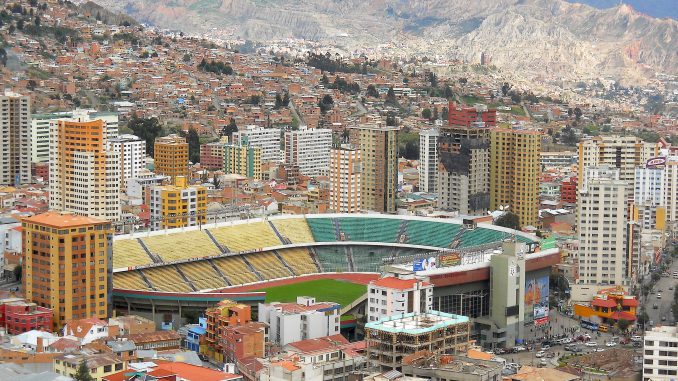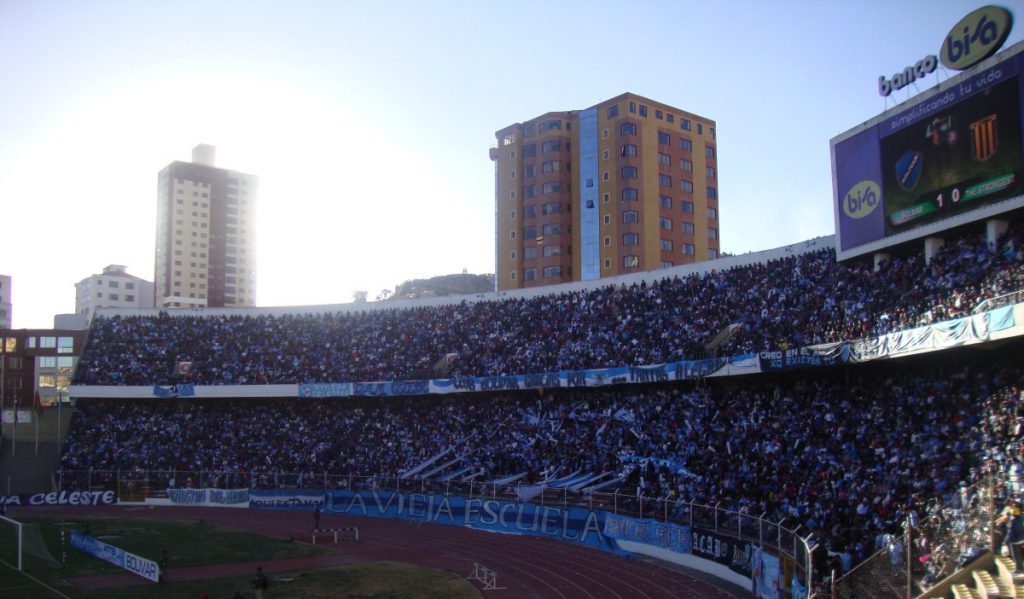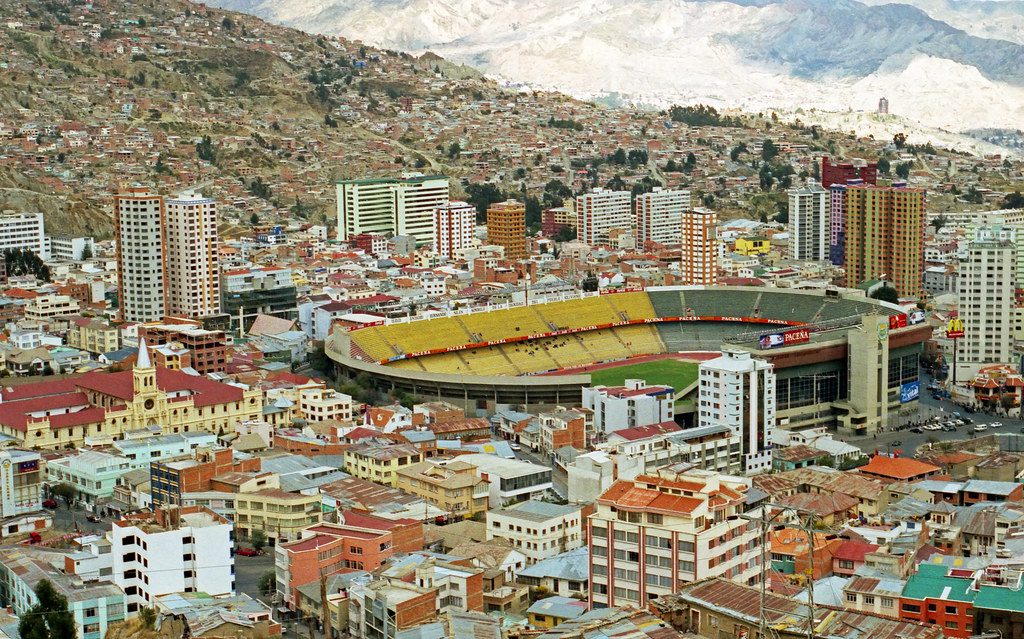
Back in 2007, FIFA imposed a ban on matches played at an above 2,500 meters (8,200 ft) sea level. The idea started after many players from South American football teams and national teams complained about adjusting to conditions in certain cities. This is mostly referred to as cities in Bolivia, Colombia, and Ecuador, which are countries located in very high positions.
The ban also included those nations not being able to host FIFA World Qualifiers during the period. The city that is located in the highest position in La Paz, Bolivia, a city that holds the record of the capital city located on the highest position in the world at 3,640 meters (11,942 ft) above sea level.
Why Was the Ban Imposed?
The ban was introduced after many federations from the South American continent started complaining due to bad conditions. Namely, playing at such a high altitude causes people who are not acclimated to run harder and get tired faster. Breathlessness is one of the factors that influence even professional players and it also affects the movement of the ball due to the density of air pressure.
The Brazilian Football Federation was the first one to act after Flamengo played a Copa Libertadores match against the home Real Potosi of Bolivia. Players complained and others soon joined in.
All of this resulted in a ban that required players to come to these sites at least one week for places that are 2,500 meters, or two weeks for host cities that are located at 3,000 meters or higher.

A Massive Advantage!
The high altitude position of these cities really does make a difference for home teams. La Paz is considered as the hardest home ground to play on for all CONMEBOL. All of the teams on the continent hate going there and a lot of them try to arrive sooner so they have more time to acclimate.
The Bolivian national side has actually admitted that they use this geographical advantage in its full effect. They employ tactics where they try to push a higher pace on visiting them in order for them to get tired faster. Also, they make more long-range shots as the movement of the ball can be somewhat unpredictable. Confusing the visiting goalkeeper at times.
However, even with a massive altitude advantage, the Bolivian national team was able to qualify for the World Cup finals stage three times (1930,1950 and 1994) scoring only one goal in six matches.
But their crown achievement is being Messi’s Argentina by 6-1 in 2017 qualifiers.
The Ban was Eventually Lifted
After about a year, the ban was lifted. Firstly, they raised the limit of acclimation where only La Paz was the city on which the ban referred to. But later after the complaints of the Bolivian Football Association and the Bolivian president, Evo Morales, the ban was eventually suspended.

Evo Morales led a campaign where he even organized a game at the Hernando Siles stadium in La Paz where he himself played. He wanted to show that if a 47-year old man could play a match at such altitude, then professional and much younger players can do the same as well.
The campaign was supported even by Diego Maradona, who later coached the Argentinian side that lost the legendary game in La Paz. The only federation that opposed lifting the ban was Brazil.

Leave a Reply
You must be logged in to post a comment.